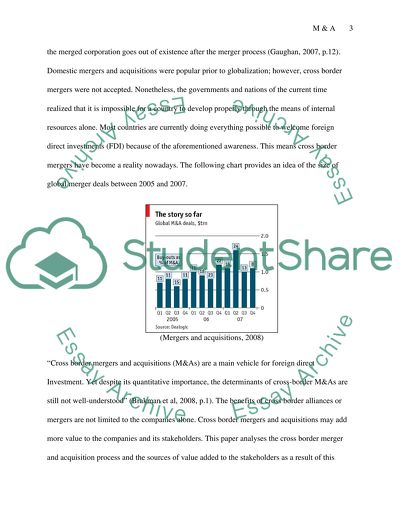Cite this document
(“Mergers and Acquisitions Essay Example | Topics and Well Written Essays - 3000 words”, n.d.)
Retrieved from https://studentshare.org/environmental-studies/1409638-mergers-and-acquisitions
Retrieved from https://studentshare.org/environmental-studies/1409638-mergers-and-acquisitions
(Mergers and Acquisitions Essay Example | Topics and Well Written Essays - 3000 Words)
https://studentshare.org/environmental-studies/1409638-mergers-and-acquisitions.
https://studentshare.org/environmental-studies/1409638-mergers-and-acquisitions.
“Mergers and Acquisitions Essay Example | Topics and Well Written Essays - 3000 Words”, n.d. https://studentshare.org/environmental-studies/1409638-mergers-and-acquisitions.


